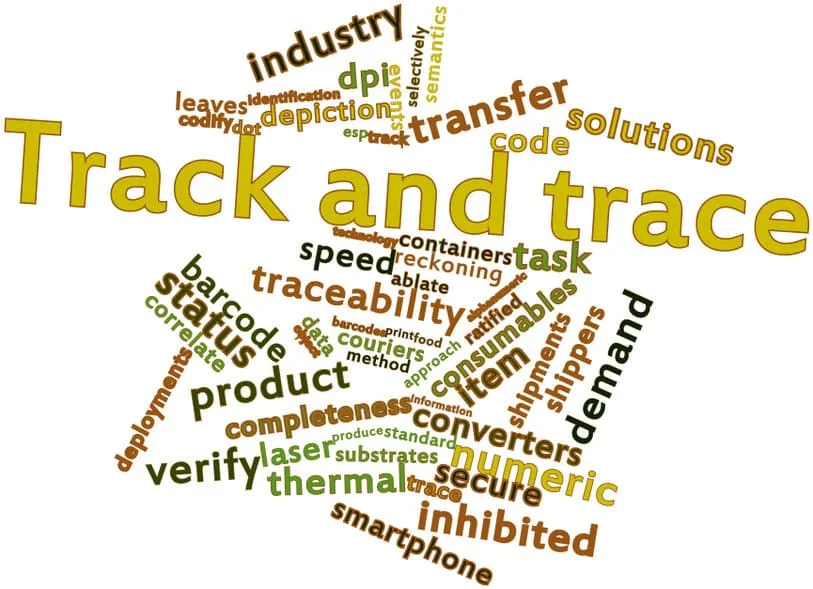Harnessing Analytics in Track and Trace Technologies to Enhance Cyber Security

Understanding Track and Trace Technology
Track and trace systems leverage analytic models to configure unique identifiers for products, enabling real-time monitoring and visibility throughout their lifecycle in the supply chain. This integration with current management systems provides a robust barrier against counterfeiting.
Main Features of Track and Trace Systems
- Serialization for Identification: Each product receives a unique identifier through QR codes, barcodes, or RFID tags, ensuring authenticity.
- Real-time Monitoring: These systems allow for ongoing product surveillance, facilitating early detection of counterfeit risks.
- Identification and Confirmation: Stakeholders can easily verify a product's authenticity, enhancing customer trust.
Advantages of Track and Trace Technologies
- Enhanced Brand Protection: Protect your brand's reputation by battling counterfeit products.
- Regulatory Compliance: Streamline compliance processes with comprehensive product tracking.
- Risk Minimization and Control: Identify and eliminate counterfeit threats quickly within the supply chain.
- Data-driven Insights: Gain valuable insights into market demand and stock availability through aggregated data.
Final Thoughts on Track and Trace Innovations
Track and trace technologies are vital in the fight against counterfeiting. By integrating advanced analytics, brands can safeguard their products and boost consumer trust, ensuring a secure and credible supply chain.
This article was prepared using information from open sources in accordance with the principles of Ethical Policy. The editorial team is not responsible for absolute accuracy, as it relies on data from the sources referenced.